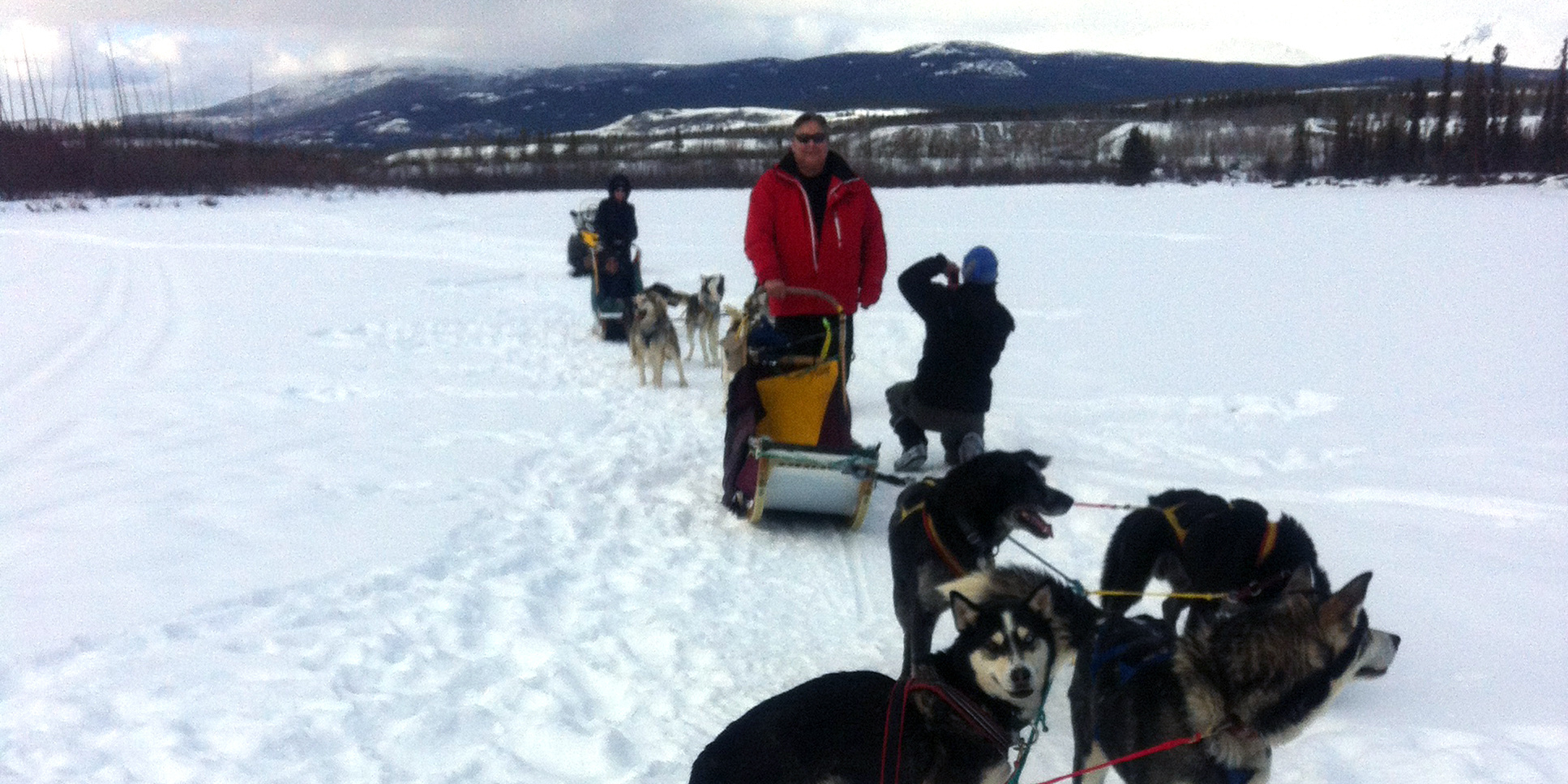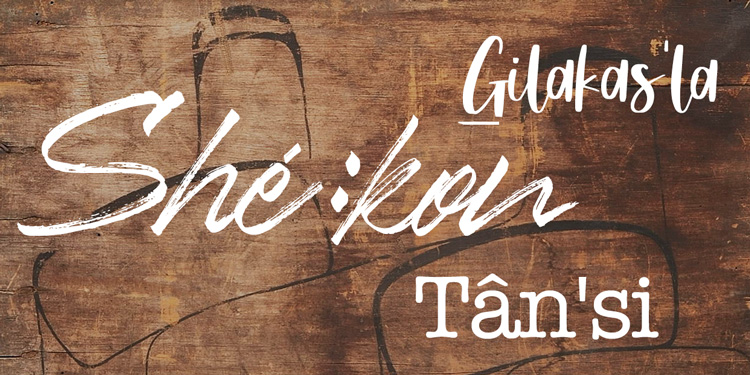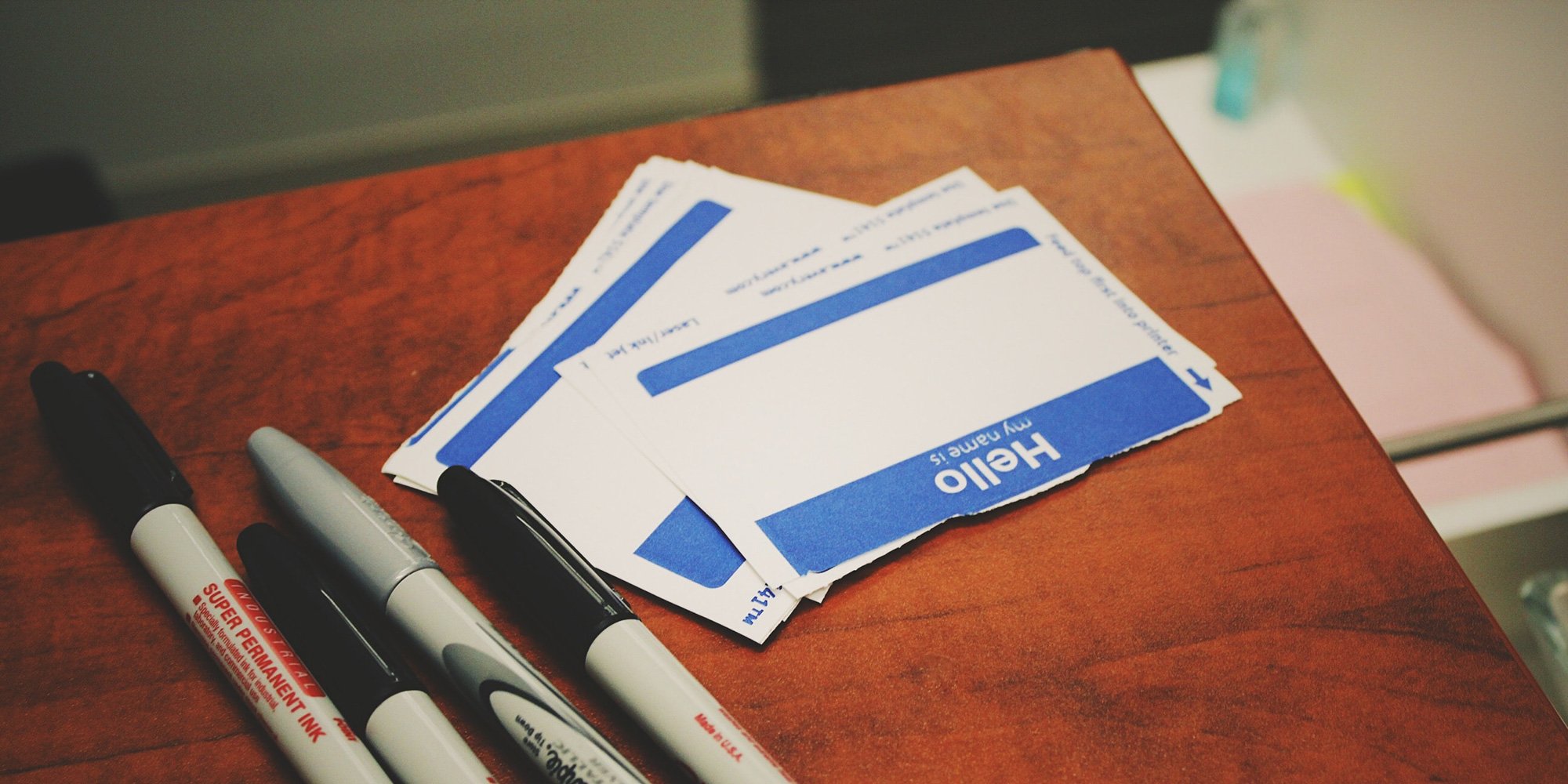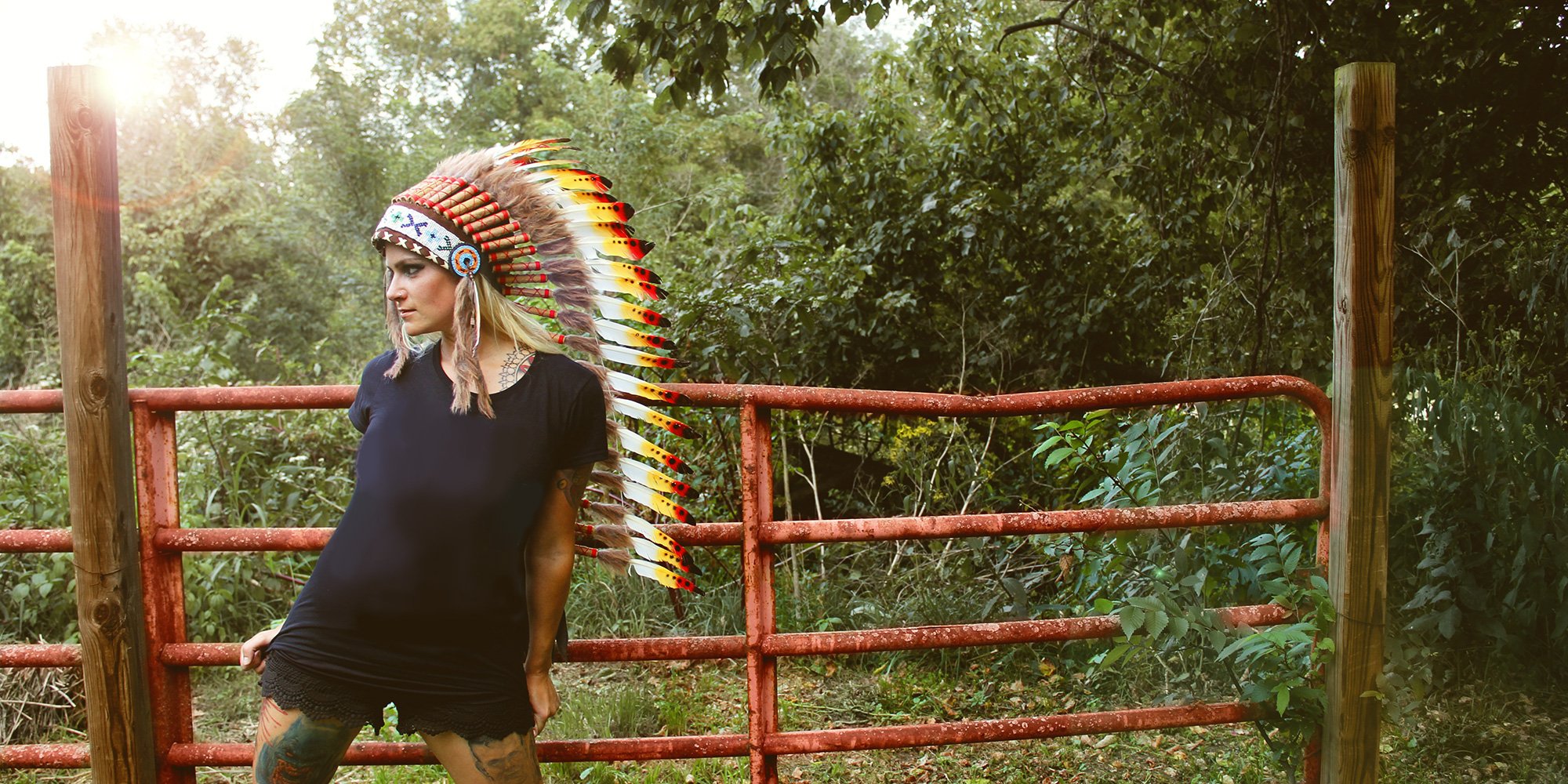International Decade of Indigenous Languages
The United Nations has declared 2022-2032 as the International Decade of Indigenous Languages. Many Indigenous languages across the world are in...

Earlier this week I delivered a pre-conference Working Effectively with Indigenous Peoples® training session at the 3rd annual Yukon First Nations Resource Conference and Student Job Fair in 2012. The session was well attended and we were fortunate enough to receive the following feedback:
Appreciate the openness of discussion and particularly of the presentation and presenter - all from a place of respect, knowledge, and integrity of the topic.
Thanks to Liz over at Allied Container Systems Inc. for those kind words.
Before my training session, I spent some time with Muktuk Adventures learning firsthand about dogsleds in the Yukon. Qimmiq means Inuit dog in Inuktitut, the language of the Inuit. For over 4000 years Inuit dogs have been providing companionship, hunting, transportation, and as a last resort, nutrition to the Inuit People. In addition to these practical roles, the dog played a large part in the cultural, family, and spiritual lives of the Inuit.
During the 1950s and 1960s, the federal government carried out a campaign to slaughter the Inuit dog to force Aboriginal Peoples off the land and into homes and within federal programs. The Inuit contended for decades that this slaughter harmed the Inuit’s identity and sought acknowledgement of harm to their culture. In August 2011, the Quebec government acknowledged this harm and provided $3 million to the Inuit to help with the protection and promotion of Inuit culture.
While I was in Whitehorse I learned there are still Inuit dogs around but they can be difficult to find with the crossbreeding that has happened. It turns out that the new crossbreeds are not as tough as the purebred dogs when it comes to harsh climate conditions. I also learned that true Inuit dogs do not bark, but rather howl as they are closely related to the wolf.
A famous dog sled race in the Yukon is the Yukon Quest. It is a 1000-mile international dog sled race between Whitehorse in the Yukon and Fairbanks in Alaska following old Gold Rush and mail delivery routes taking, depending on weather conditions, from 10 to 16 days to complete.
My adventure in dogsledding wasn’t as long as the Yukon Quest, a mere 2.5 hours, but I must say I really did enjoy the activity. The people at Muktuk were great. Courteous, friendly, caring and passionate about the activity and the dogs. During our trip (there were eight in our group with two people per sled) we travelled upriver and back for a total of 15 kilometres with speeds averaging 10 to 21 km per hour. Everyone that went had an opportunity to ride and to drive the sled and team. Hot choc’y and snacks inside the cabin at the end of the afternoon were a nice treat and reminded me to definitely bring the family next time. I know the kids will love it.
Featured photo: Bob Joseph

The United Nations has declared 2022-2032 as the International Decade of Indigenous Languages. Many Indigenous languages across the world are in...

We’ve talked about the definition of Indigenous Peoples and the constitutional significance of Indigenous or Aboriginal. In this article, we drill...

Randomly plucking “popularized” images of a marginalized culture for entertainment or profit without respect for or an understanding of the culture...